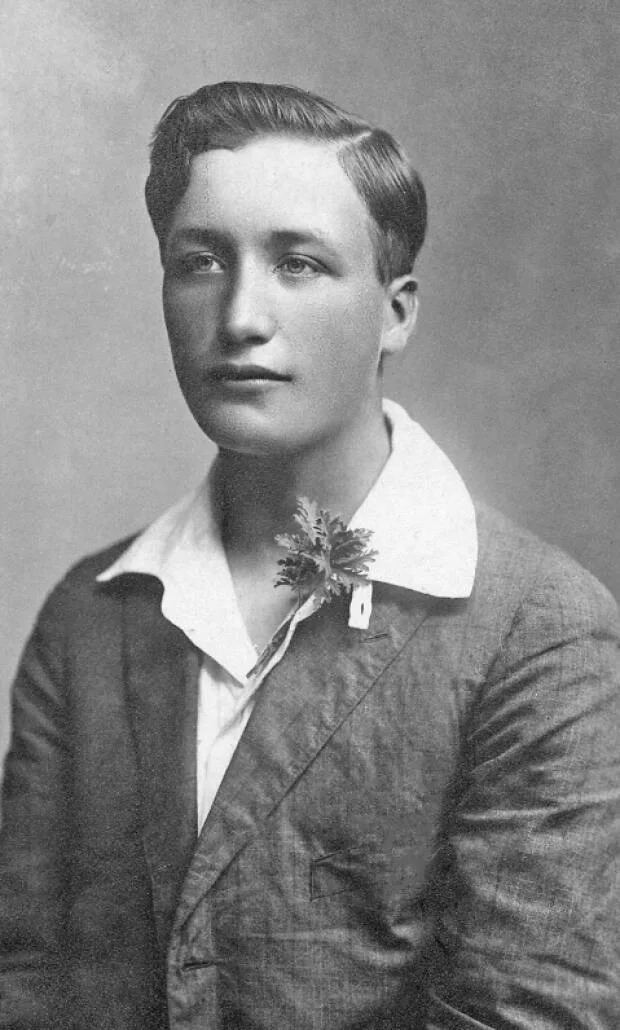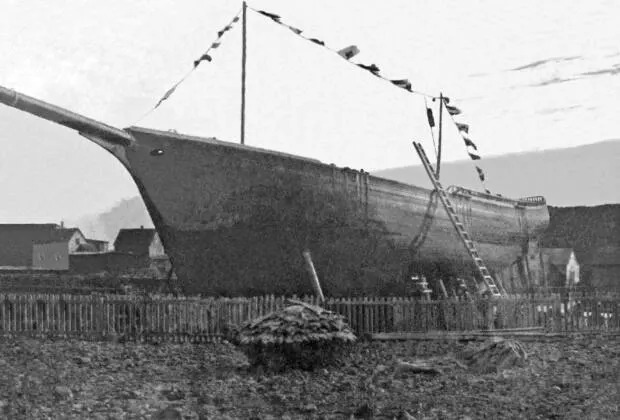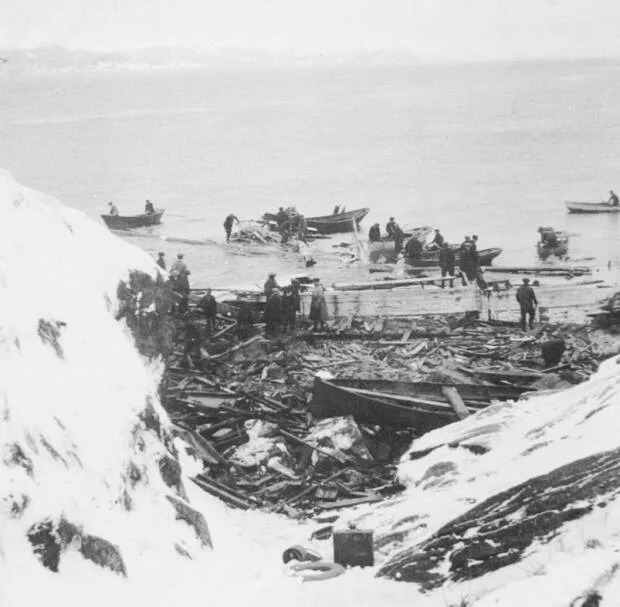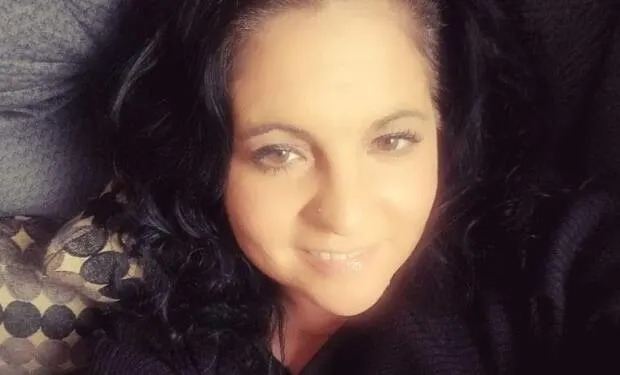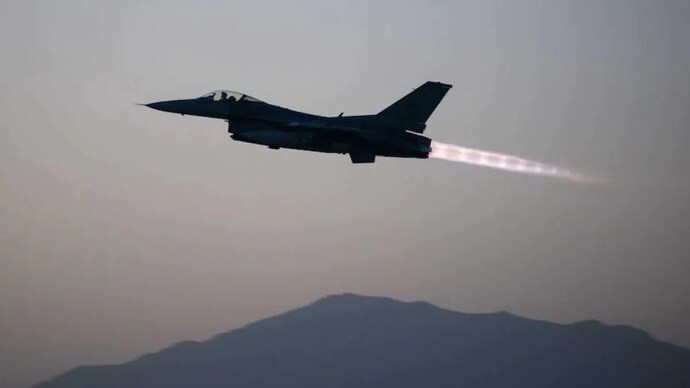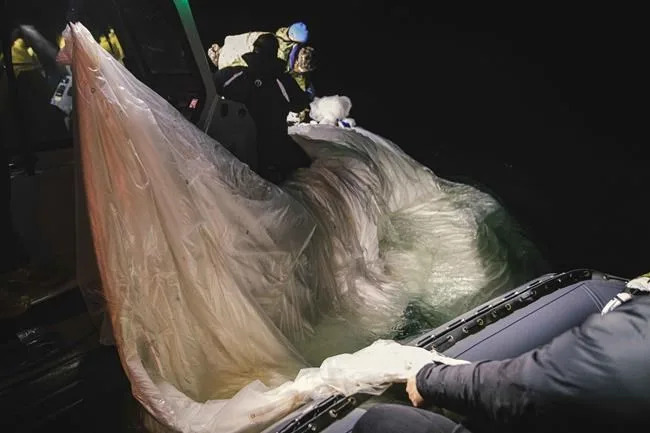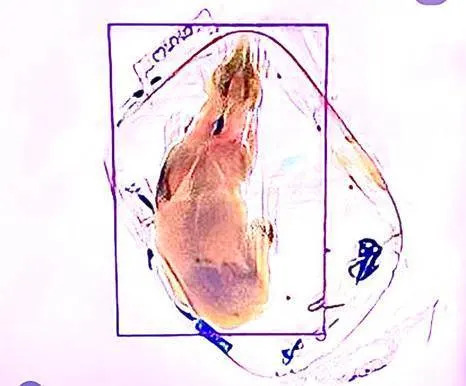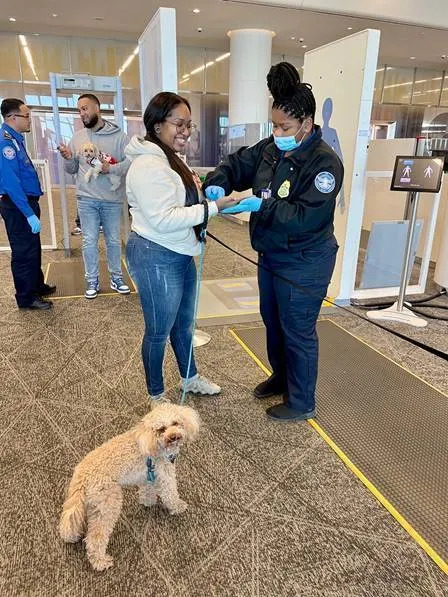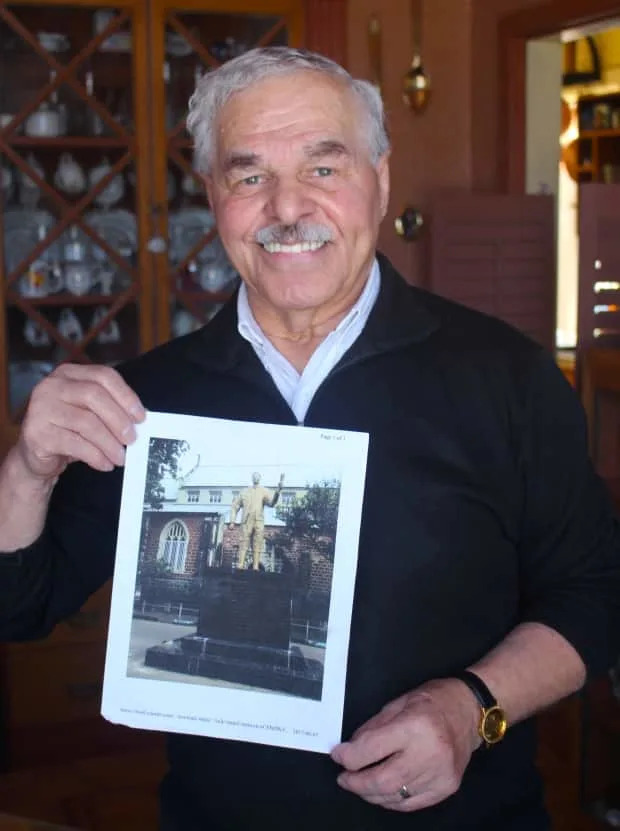Judson Jones
Sun, February 19, 2023
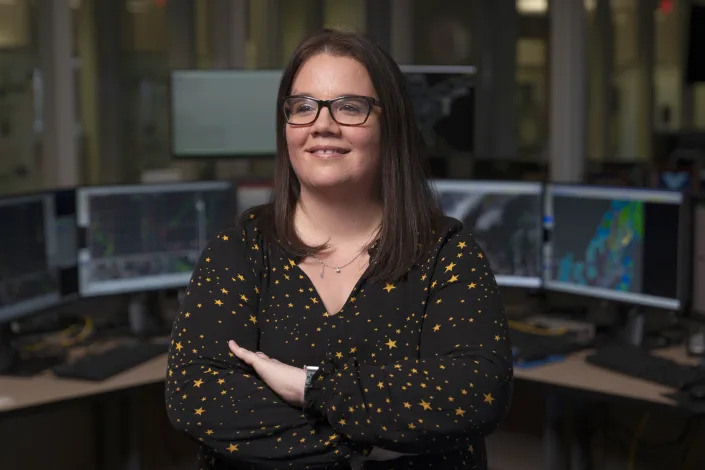
Elizabeth Leitman at the Storm Prediction Center of the National Weather Center in Norman, Okla., Feb. 17, 2023. (Nick Oxford/The New York Times)
Warm, moist air and colder, dry air collided Wednesday to create the conditions necessary for hail, damaging winds and tornadoes across the southern Plains and into the Southeast, and it was the job of an elite meteorology group called the Storm Prediction Center to give people advance notice.
For Elizabeth Leitman, who has worked at the Norman, Oklahoma, center since 2010, it would be the day she would issue her first thunderstorm watch.
She would also become the first woman ever to do so in the 70-year history of the center and its previous iterations, according to center officials.
Leitman is one of only two women among the 22 full-time forecasters at the Storm Prediction Center. “As far as I know, there’s been five of us,” Leitman said, referring to female forecasters who have worked there.
None of her predecessors, though, reached the role of lead forecaster. On Wednesday, her first day training to become a lead forecaster, she did all the intricate work while someone supervised her every move.
“These are national experts,” said Bill Bunting, chief of forecast operations at the center and Leitman’s boss. “They are the best of the best.”
Leitman described these lead forecasters, of whom there are only five, as “the neurosurgeons of this severe weather world.”
“When people come to SPC, they don’t tend to leave,” she said. “We’re not that far removed from individuals who were here in the ’60s and ’70s. There’s, like, basically three generations of forecasters at SPC.”
By 1 p.m., she knew conditions were becoming favorable for severe storms. Looking at radar, satellite and observational data, and after talking to colleagues, she drew up her first draft of the watch.
The National Weather Service has issued these watches — for both thunderstorms and tornadoes — since 1966. Similar forecasts under a different name date back to 1952.
Watches highlight areas where conditions are favorable for severe thunderstorms or tornadoes to develop. The Storm Prediction Center’s goal is to offer as much as a two-hour notice before storms form.
Lead forecasters oversee everything else others are doing during their shift but are also responsible for every tornado and thunderstorm watch issued nationwide. A lead forecaster averages about 13 years in the position and more than 23 years in total at the Storm Prediction Center.
From 1 to 3 p.m., Leitman refined the size and scope of the thunderstorm watch as conditions changed. Around 3:30 p.m., she led a conference call with other offices responsible for counties within the watch area.
After a quick conversation with other forecasters, a few counties were added to the watch, which included a region stretching from the outskirts of Oklahoma City to Dallas.
She took a second and then looked back at one of her colleagues and said: “Evan, take a picture. It’s my first watch.”
She then hit send — at that point, it really is just a matter of pressing a button — and put her hands in the air in an “I’m done” gesture.
It was 3:45 p.m., 15 minutes before the end of her shift.
Leitman tweeted about her first time issuing a watch. She happened to mention that it was the first time a woman had done it.
Accolades came flooding in, surprising and overwhelming her.
She said she felt honored to support women in science, technology, engineering and mathematics fields by setting an example for girls who are interested in weather and meteorology.
She was once one of those girls she now hopes to inspire. She always loved weather and became interested in the Storm Prediction Center when she was in middle and high school in St. Louis.
While others were coming home to computers in the late 1990s to open AOL and check Instant Messenger or download music on Napster, Leitman said she had been checking the latest information from forecasters in Norman on their webpage.
She started to notice their names at the bottom of the watches and outlooks. They became heroes to her.
In her high school years, she toured the University of Oklahoma and visited the Storm Prediction Center. Her parents took a picture of her out in front, and at that moment, she became determined to work there.
She went to the university, but after graduating, she first had to gain experience at local weather offices in Billings, Montana, and Louisville, Kentucky. It wasn’t until 2010 that she returned to Oklahoma to work in her dream job.
“I was stubborn,” she said. “I knew what I wanted.”
When she walked into a male-dominated room at the center on her first day, she said, she did not feel barriers other than those she set up for herself.
She works with some of the forecasters whom she had idolized after seeing their names on watches and outlooks in the late ’90s.
And now, watch No. 33 of 2023 — a bulletin created to predict the future and save lives — has her name on it.
© 2023 The New York Times Company


